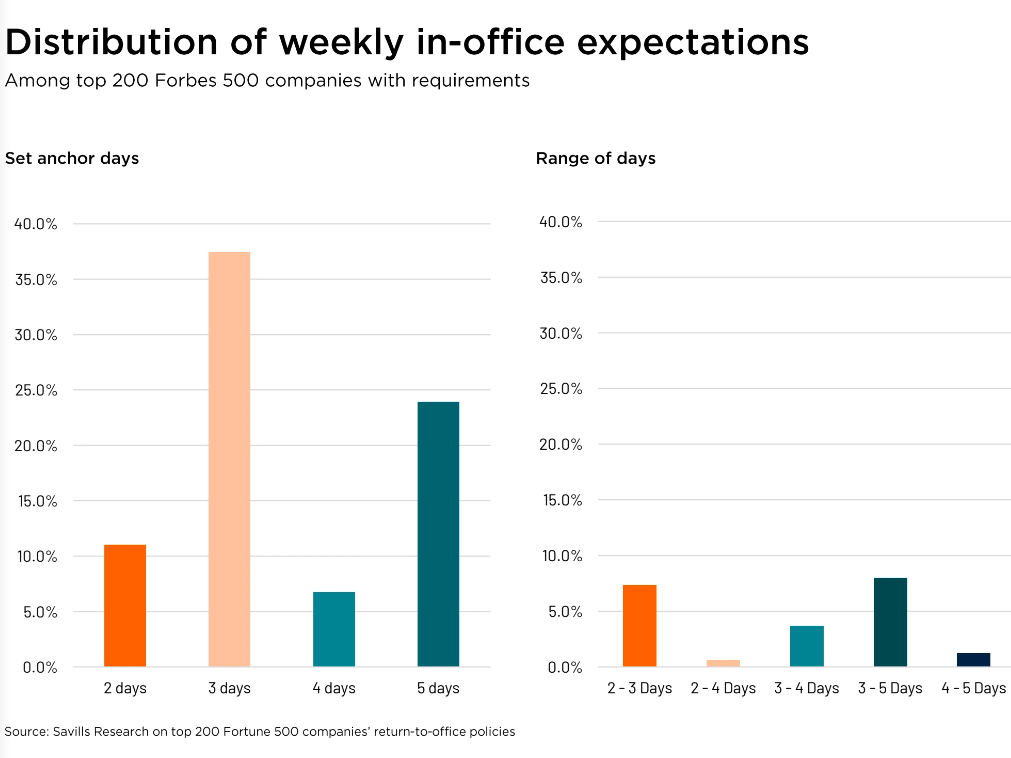New York Life REI Provides $915M for Industrial Portfolios
Singapore-based Mapletree Investments’ 17.2 million-square-foot collection of assets, consisting of 100 buildings across the U.S., served as collateral for the fixed-rate financing.
 New York Life Real Estate Investors has originated financing totaling $915.2 million for Mapletree Investments Pte Ltd., a Singapore-based real estate investment and management company. The two loans were secured by a portfolio of U.S. industrial properties totaling 17.2 million square feet.
New York Life Real Estate Investors has originated financing totaling $915.2 million for Mapletree Investments Pte Ltd., a Singapore-based real estate investment and management company. The two loans were secured by a portfolio of U.S. industrial properties totaling 17.2 million square feet.
Mapletree’s portfolio consists of 100 buildings spanning 19 metropolitan areas across the country. For the purpose of the financing, the group of properties was separated in two, with each part serving as collateral for one of the fixed-rate loans.
New York Life REI sited a host of reasons behind its attraction to the financing opportunity, including the size of the portfolio, as well as its quality, geographic diversity, high average occupancy level and varied tenancy. “This combined with strong institutional sponsorship make these loans an attractive addition to our mortgage loan debt portfolio,” John Howard, senior director of New York Life Real Estate Investors’ Midwest regional office, said in a prepared statement.
Vying to lend
The industrial sector is currently the commercial real estate lending community favorite, but New York Life REI remains highly active across property types. Transactions this year include a $117 million mortgage loan secured by M2 at Marbella, a premier, 311-unit multifamily property in Jersey City, N.J., and a $44.5 million mortgage loan collateralized by the 275,000-square-foot 515 Post Oak Houston office building in Houston.
The deal flow continues at a steady clip for New York Life REI, despite the rising competition among lenders. According to a report by Real Capital Analytics, the commercial mortgage market became more competitive in 2018, with six of the eight RCA-tracked lender categories taking a market share of 10 percent or more. Insurance companies’ share increased from 10 to 11 percent year-over-year in 2018.







You must be logged in to post a comment.